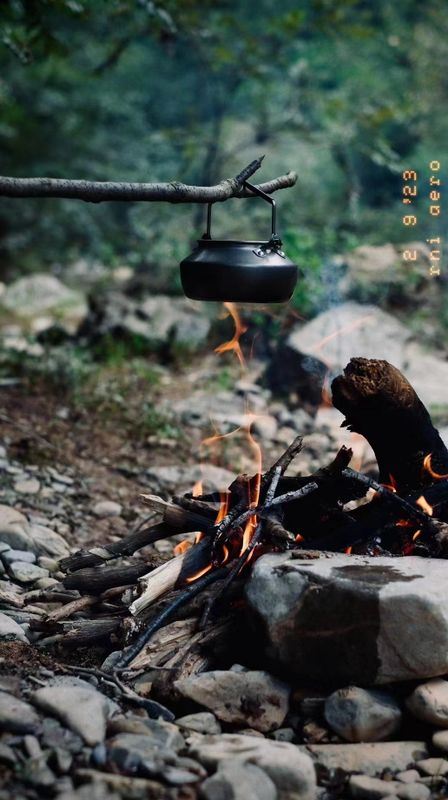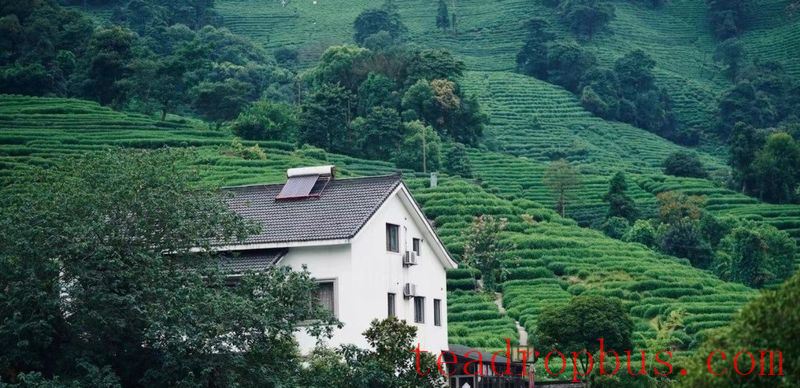While many regions specified under the definition of Pu'er Tea can produce Pu'er tea, the resulting products do not necessarily guarantee an improvement in aroma and taste through post-production transformation. This is mainly due to several factors:
Firstly, the characteristics of the raw materials and blending techniques: only a very few regions' raw materials make Pu'er tea that gains a captivating aroma through aging, or produces unique blends. Conversely, many fresh teas have distinctive fresh, cool, and floral aromas that may disappear during transformation, leading to a loss of their appealing aroma after conversion.

Secondly, while many rich aromas can be developed through storage and transformation, such as medicinal and ginseng aromas, they are formed through professional storage techniques like artificial heating and humidification, plus a certain period of tea awakening processes. These aromas will not naturally appear through regular storage. As individual tea stowers, we clearly lack the conditions to store Pu'er tea this way.
Many high-end Pu'er raw materials are very appealing for their floral fragrance and freshness in the new tea stage, and have low bitterness and astringency, making them suitable for immediate consumption (there's no rule saying Pu'er tea must be aged before drinking). The value of these materials is primarily reflected in the new tea stage because they're so good to drink fresh, which is why they're also very expensive, such as Mansong ancient trees and Bingdao ancient trees. They have a very appealing taste right from the start, and although the price is high, it reflects their value for immediate enjoyment. However, long-term storage may not be ideal, as the significant advantages at the new tea stage will gradually fade over time. With such a high initial cost, the potential for value appreciation will be quite limited once these advantages disappear.

Additionally, factors affecting the water path of the tea do not change through transformation but require more attention to seasonal selection of raw materials in the new tea stage. Only raw materials from spring and autumn seasons can significantly improve the water path. Raw materials from the rainy season are bland and lack body, and should not be used to make Pu'er tea. Long-term storage would lack the substantial tea quality needed to support its value.
Lastly, traditional production techniques for Pu'er tea are essential to ensure a promising future for stored Pu'er. While modern Pu'er tea production includes many innovative methods, most of these are ultimately detrimental to the transformation of Pu'er tea, whether intended for good or deceit. Two clear examples include:
One is reducing the degree of fixation, causing pre-fermentation in the tea leaves. This increases sweetness and smoothness in the new tea stage, imparting characteristics similar to Black Tea, enhancing immediate drinkability but being detrimental to long-term storage.

The second is increasing the degree of fixation, generating a high-temperature aroma and markedly reducing bitterness and astringency. However, high temperatures destroy the enzymes necessary for Pu'er transformation, resulting in a Green Tea-like taste with little potential for further transformation.
The purpose of these new production methods is mainly to increase the comfort of immediate consumption, compromising the effects of future storage. It might be better to directly produce green or black tea instead.

Thus, only by selecting raw materials and formulas that produce a distinct aroma during long-term storage, choosing seasonal raw materials that maintain a thick and smooth water path, and using traditional production methods, can we ensure that Pu'er tea will develop a taste that meets market demand over the long storage and transformation process. Such Pu'er tea has real storage value, unlike Pu'er region raw materials without professional blending and seasonally collected materials that are thin and tasteless.
If there are any copyright issues, please contact us to remove them.